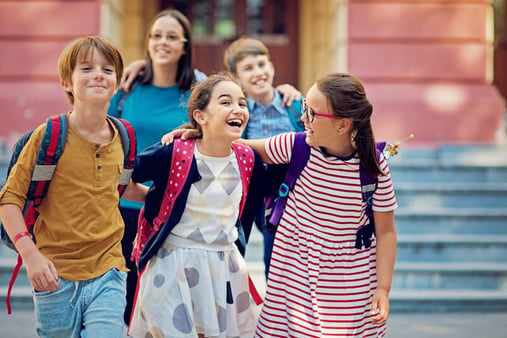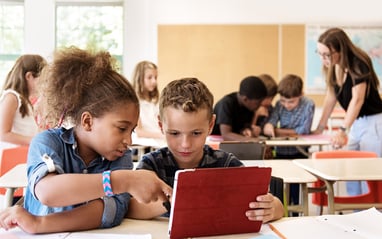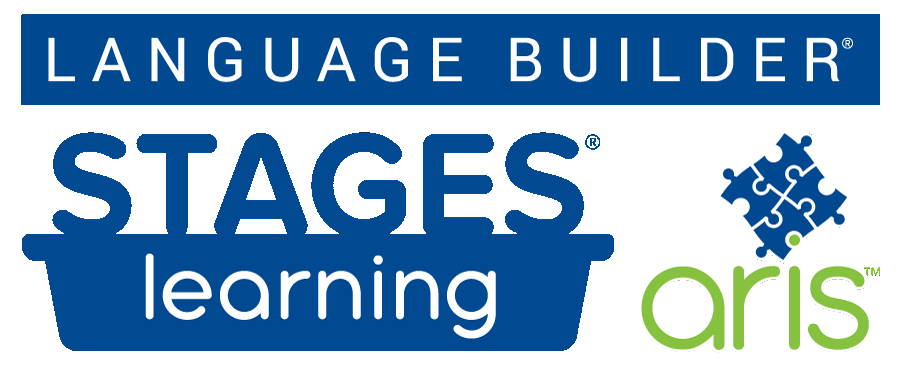
How to Create a Peer-Mediated Intervention to Support Social Skills for Autistic Children
We all need a social network; a group of people who are there for us in good times and in bad. But how can we help autistic children develop their network?
If you live in a metropolitan area, you might be able to find some social-skills groups that can help with learning, rehearsing, and practicing some of the skills needed to develop friendships, but members of those groups may not see one another on a day-to-day basis. One way to build networks for autistic students and enhance the culture is through a peer network.
This is a type of peer-mediated intervention (PMI) in which a small group of neurotypical students support an autistic student in social environments. Strategies of this kind typically involve three components:
- adult facilitation
- repeated social learning opportunities in natural settings with peers
- and active peer mediation for autistic students
Some settings where PMI might be appropriate include lunch, recess, passing period, arrival and dismissal routines, field trips, and during any specials or elective class.

How to Get Started in Your School Building or Community
1. Recruiting
-
Staff buy-in.
This can be one of the trickiest parts of implementing a peer network intervention, particularly in running peer training sessions and helping with initial interactions between students. It’s not for lack of interest or concern, but really staff members often don’t have time for “extra” work. Luckily, finding students to participate is usually not as difficult. Some may see it as an opportunity to “be the teacher,” while others see it as a chance to get a little time away from the classroom, and still others may know autistic people and are genuinely motivated to help out. - Finding an advocate.
It takes an advocate to get the ball rolling—part of implementing a peer network is showing staff the positive impacts for all parties involved. To start, there may be too few staff to effectively support autistic students who need extra help transitioning throughout the day. But that only adds urgency to building the peer network. Autistic students can become overly dependent on adults for support and so do not seek out peers for assistance or interactions. Having peers as the primary interventionists for these chunks of the day enables autistic students to break that dependence, start developing an interest with peers, and practice generalizing skills to same-age peers. The peers themselves have the opportunity to enhance leadership skills, build empathy, and learn more about individuals with disabilities. Honestly, there is some legwork on the front end, but once schedules are in place and everyone knows the routine, the students can run the network nearly independently.
2. Scheduling
-
Set-up.
A peer network usually consists of half a dozen members. By having several students, responsibilities can be shared among them and allow for more flexibility if they are not in all of the same classes throughout the day. Once you’ve obtained permission and consent from the participants, the next critical step will be figuring out their schedules and seeing where they match that of the autistic student. Once you’ve got an idea of who can support where you will need to have a schedule for the peer training sessions.  Training.
Training.
These involve the neurotypical students receiving instruction on how to implement an intervention for the autistic student. Trainings usually start with a teacher modeling the skill, students having guided practice and role play and then the teacher giving positive feedback. The teacher should also train students to troubleshoot if the autistic student does not respond in a typical way. Suppose you’re teaching a student to request to join a game by tapping on the shoulder and asking, “Can I play?” You would first show peers the intervention, have them practice the intervention, and be sure to let them know how to redirect if the autistic student does something unexpected (like yelling) or how to prompt the student if they do not initiate an interaction.-
Introductions.
Successful peer networks I have seen start their first pieces of training by having the autistic students introduced to their peers. The school staff I’ve worked with had a generic “All About Me” template where the family filled in information about the autistic student. It included pictures, likes and dislikes, and anything special or unique that peers should know. There was some wonderful feedback and comments from peers like, “Wow, I didn’t know he could do so many things” and, “He’s a lot like me!” Helping build connections with peers is a good jumping-off point to beginning peer networks.
Plan to have these training sessions at least once a week—a “lunch bunch” time works well for a training session, or perhaps a time at the end of a day will work for older students. Schedule the sessions for the first six weeks and then ease into quarterly sessions or as needed.
3. Implementation and Troubleshooting
-
Data.
Data should always be the driving force in planning and making decisions for students. Peer-mediated interventions can be used to address many different types of student goals. Whatever goal(s) you want to advance through this intervention, make sure you’re analyzing the related data to notice patterns. Perhaps the student demonstrates higher proficiency when they are with a particular peer, during an activity or time of day—and those factors should be replicated. Or just the opposite, there may be lower scores or negative behaviors that need to be closely observed to see how to troubleshoot that setting, person, or time of day. -
Peer involvement in troubleshooting and data.
Another tremendous benefit of peer networks is that peers can help with some simple data collection. The kinds of data they collect should be very simple yes-or-no type information. Part of the peer training sessions should focus on teaching and practicing data collection, and fidelity checks are also highly recommended. One type of data that may not be as obvious, but equally important, is the peers themselves. Doing a quick survey or informal assessment on how they are feeling about being a part of the network is important to ensure that they are not experiencing burnout or stress. Not only could changing out the peers over time help to generalize skills, but it can also be a good way to ensure that all participants continue to enjoy the experience.
Everyone deserves to have a social network. Here’s an opportunity for you to help start building your child’s or student’s peer group in their home community.

References
Dunn, Michelle A. S.O.S. Social Skills in Our Schools: a Social Skills Program for Children with Pervasive Developmental Disorders, Including High-Functioning Autism and Asperger Syndrome, and Their Typical Peers. Autism Asperger Pub., 2006.
Kamps, D., Thiemann-Bourque, K., Heitzman-Powell, L., Schwartz, I., Rosenberg, N., Mason, R., & Cox, S. (2015). A comprehensive peer network intervention to improve social communication of children with autism spectrum disorders: a randomized trial in kindergarten and first grade. Journal of autism and developmental disorders, 45(6), 1809–1824. https://doi.org/10.1007/s10803-014-2340-2





